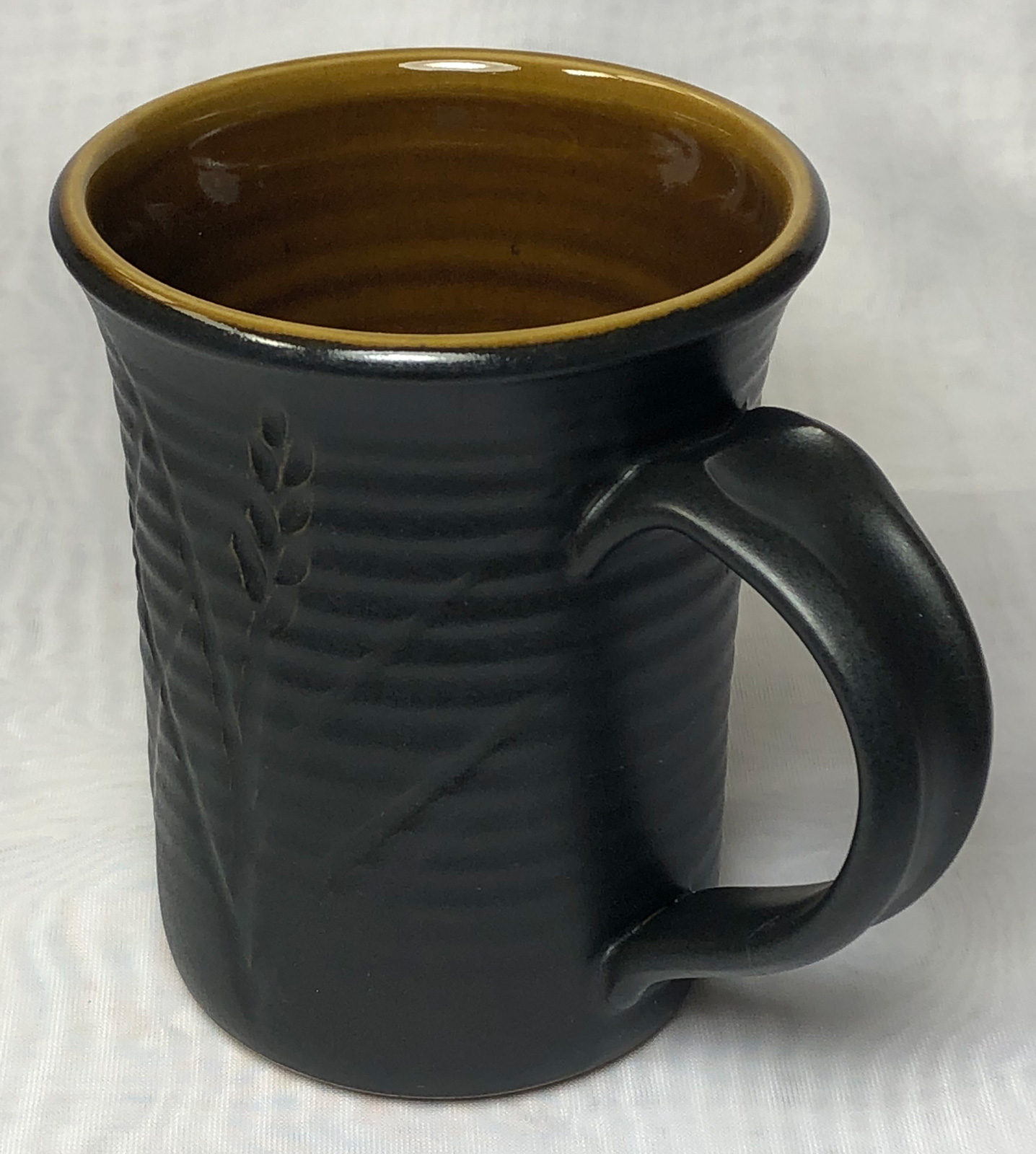| Monthly Tech-Tip | No tracking! No ads! | |
Feeling good about the glazes we use on functional surfaces
The chemistry of the popular cone 6 Val's Turquoise glaze surprised a customer recently (when she was comparing the Gerstley Borate and Gillespie Borate versions). Here is what she said initially about using this on food surfaces:
"I’ve noticed the alumina is below the suggested limits. I have read that too low alumina can cause a glaze to be more prone to leaching, especially with the addition of copper carb. I’ve soaked samples in vinegar and lemon juice. I’ve also run pieces through the dishwasher several times with no visible changes."
Her concerns about this chemistry anomaly are valid. This glaze has no clay, that is very strange, clay sources vital Al2O3 that imparts durability. The little Al2O3 there is being sourced by lots of feldspar, that is a red light for crazing when little MgO is present (from talc or dolomite). Of course, even if this glaze does leach, the copper is not going to hurt anyone. However, if another heavy metal pigment were added the Cu could destabilize it enough to make toxicity a concern.
Her final comment was this: "I never want a customer coming back to me with a faulty pot. I just want to do everything within my power to make the best ware that I can - which includes a durable, reliable and functional glaze."
Related Pictures
Gunmetal black mug demos liner glazing:
Safe glaze inside, pigmented matte outside.

This picture has its own page with more detail, click here to see it.
The outside glaze is G2934Y cone 6 black. I use the C6DHSC slow cool firing schedule to get this degree of matteness in the black. The body is the natural MNP (Mother Nature's Porcelain), it vitrifies to zero porosity around cone 4 (yet is stable to cone 8). At cone 6 it produces incredibly strong ware and works well with these two glazes. The inside liner glaze is GA6-B (made using real Albany Slip rather than Alberta Slip in this case). Although the melt characteristics of these two glazes are so different they can be applied to meet in a perfect line at the rims of pieces. Food safety labelling is not what you think it is - do liner glazing to be safe.
Videos
Links
| URLs |
https://glazy.org/recipes/8418
Val's Turquoise glaze recipe at glazy.org |
| Glossary |
Food Safe
Be skeptical of claims of food safety from potters who cannot explain or demonstrate why. Investigate the basis of manufacturer claims and labelling and the actual use to which their products are put. |
| Glossary |
Limit Recipe
This term refers to sanity-checking ceramic glaze recipes by noting whether materials present or their relative percentages fall outside typical norms for functional ware. |
| Glossary |
Dinnerware Safe
In pottery, the terms dinnerware safe and food safe, are not the same. Perhaps the best way to understand the former is to consider what the opposite might be. |
Got a Question?
Buy me a coffee and we can talk

https://digitalfire.com, All Rights Reserved
Privacy Policy

